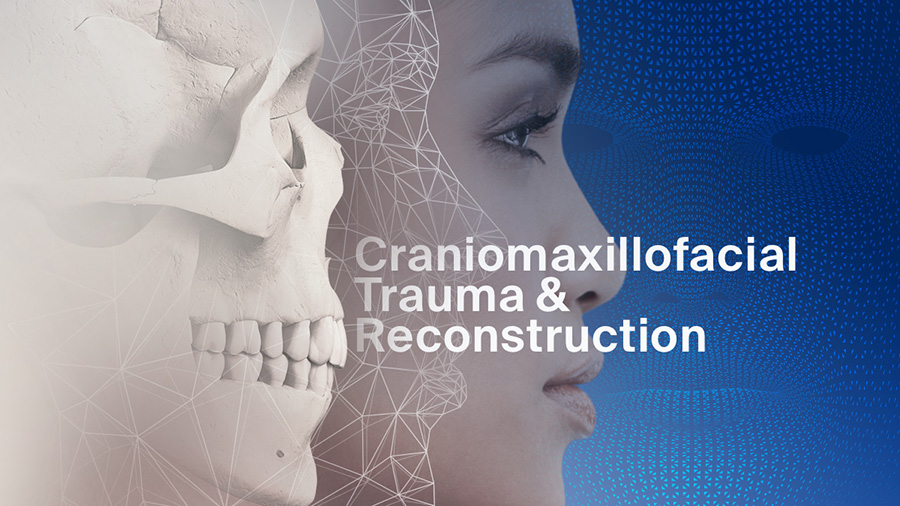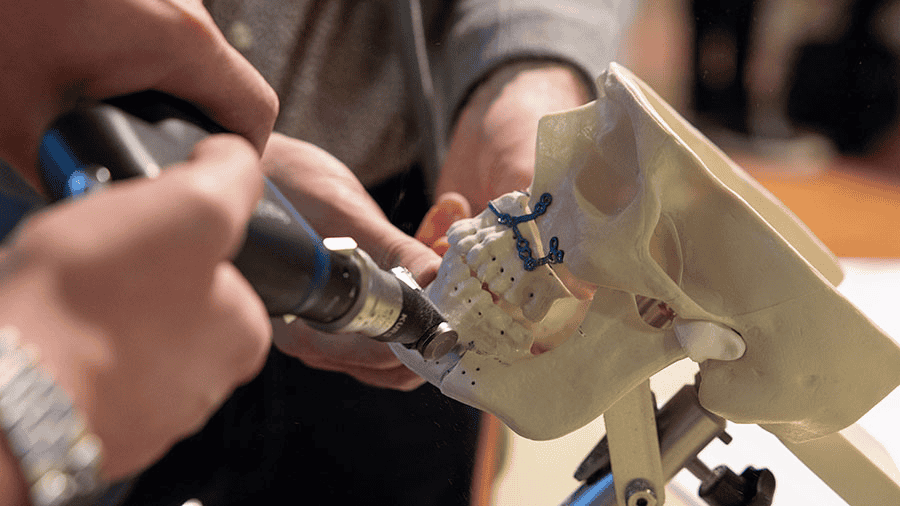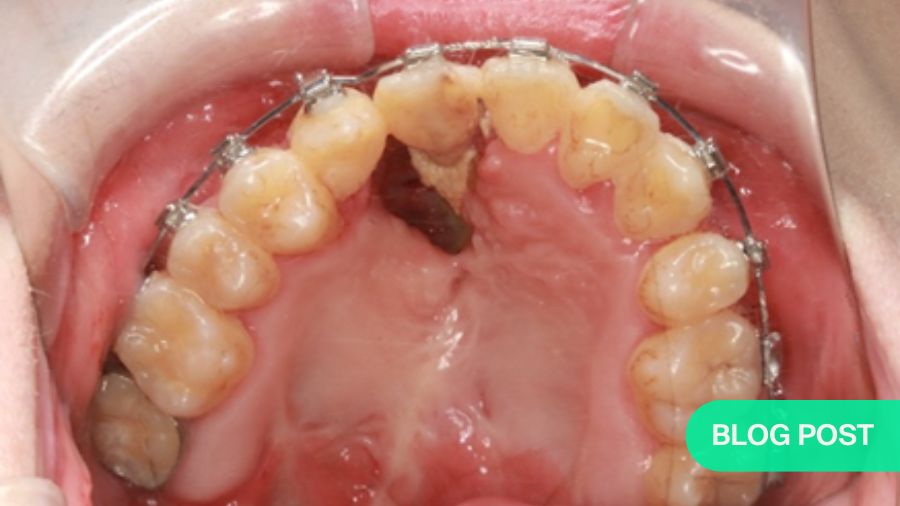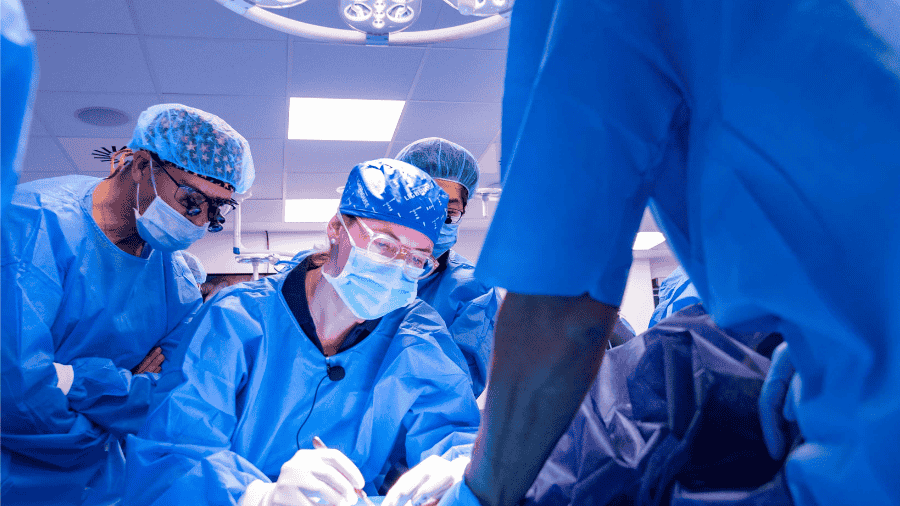How social media can improve cleft lip and palate awareness and education
BY DR WEI-CHEN LEE
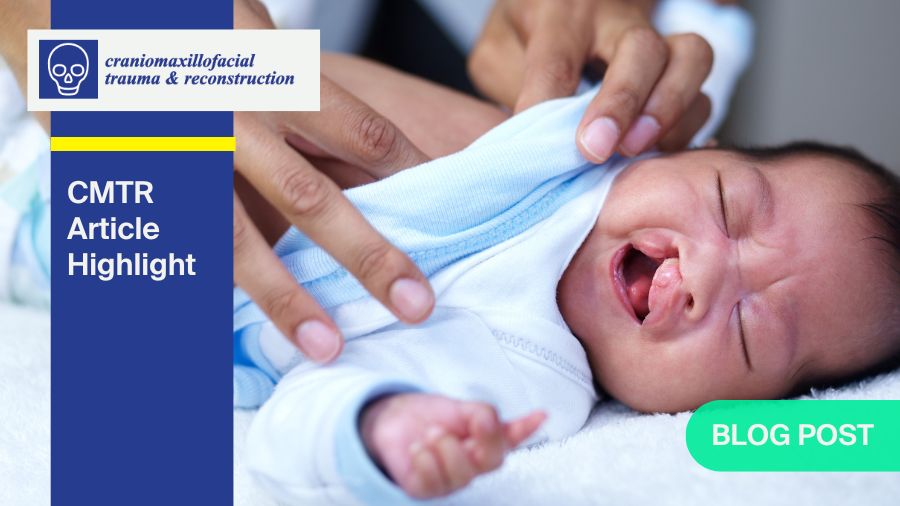
Cleft lip and cleft palate are conditions that affect thousands of families every year. From birth through surgery and beyond, these conditions can shape a person’s health journey—not just physically, but emotionally and socially as well. And while advances in surgery and medical care have greatly improved outcomes for those affected, one major area still needs more attention: communication.
In today’s digital world, much of that communication happens online—and more specifically, on social media. But are the right voices being heard? Our recent study comparing Instagram and YouTube Shorts revealed some surprising insights into who’s posting about cleft conditions, what they’re saying, and where there’s room for improvement.
Let’s break down what this means in practical terms, and how healthcare providers—especially surgeons—can step up to better support and educate patients and families.
-
Read the quick summary:
- Most cleft-related posts on social media come from patients and families—physicians make up only 5% of the conversation.
- Educational content is scarce; short videos and personal stories get the most engagement, especially on YouTube Shorts.
- Surgeons can build trust, share facts, and counter misinformation by posting simple, ethical, patient-friendly content.
- More physician presence is needed, as well as support, training, and measuring social media’s impact in care.
Disclaimer: The article represents the opinion of individual authors exclusively and not necessarily the opinion of AO or its clinical specialties.
The related article Social Media Depiction of Cleft Lip and Cleft Palate: Instagram Versus YouTube Shorts Analysis: Instagram Post Versus Instagram Reel Analysis was published open access in AO CMF’s official scientific journal, the Craniomaxillofacial Trauma and Reconstruction, 2025.
The power of personal stories in building trust
One of the most encouraging findings from the study is that social media is filled with real stories from real people. Parents, patients, and families are using Instagram and YouTube Shorts to share everything from before-and-after surgery photos to daily challenges, milestones, and messages of hope.
In fact, about 62% of all posts came from patients and their families. This kind of storytelling plays a huge role in spreading awareness and offering emotional support to others facing similar journeys.
These posts are often raw, personal, and deeply authentic—and they resonate.
The hashtags #cleftproud, #cleftsmile, and #cleftstrong capture more than just a diagnosis; they represent a community and a sense of identity.
Healthcare providers should not underestimate the importance of these personal stories. They build trust, reduce stigma, and offer connection. Following and learning from these stories can help you better understand your patients beyond the exam room.
The missing voice online: where are the doctors?
Here’s where we see that the gap starts to show.
Only 5% of posts about cleft lip and palate were created by physicians. Even more concerning? When it came to educational posts, doctors contributed just 5% of the content. That’s also a missed opportunity.
Patients and families are actively looking for information online. If medical professionals aren’t contributing to the conversation, who is? Often, it’s well-meaning individuals or groups that may not always have the most accurate or comprehensive information.
Why does this matter? Because misinformation spreads fast—and it can be dangerous. Myths about surgical risks, misleading treatment options, or unrealistic expectations can easily go viral if left unchecked.
Surgeons and medical professionals need to be more visible and more vocal on social media. Sharing simple, clear, and accurate information—even once a week—can make a huge difference.
Short videos have big impact on social media
The study looked specifically at Instagram and YouTube Shorts—two platforms that prioritize short-form content like videos and images. While Instagram had more total posts, YouTube Shorts averaged far more likes per post (over 4,000 on average, compared to Instagram’s 167).
What does that tell us? People love engaging with short videos. They’re easy to watch, easy to share, and often more impactful than text alone.
But only a tiny fraction of educational videos was coming from doctors. On YouTube Shorts, just 2.4% of posts were educational, and again, nearly all came from patients or families.
If you’re a surgeon or part of a cleft care team, consider creating short, informative videos that answer common questions, explain procedures, or walk through what to expect before and after surgery. These don’t have to be fancy—authenticity matters more than production value.
Education doesn’t always mean boring
One misconception that may hold some physicians back from posting is the fear of sounding too technical or dry. But the most effective posts aren’t lectures—they’re conversations.
You can turn complex topics into accessible, relatable content. For example:
- “What to Expect on Surgery Day (from a Plastic Surgeon)”
- “Common Myths About Cleft Palate—Busted!”
- “Before and After: How We Help Babies Breathe, Eat, and Smile”
Educational content doesn’t have to be stiff or look like a textbook. These types of posts are not only informative, but they also humanize the healthcare experience and position you as a trusted guide.
Ethics, privacy, and professionalism still matter online
Of course, there are reasons why healthcare professionals might hesitate to jump into social media. Concerns around patient privacy, professionalism, and staying within ethical guidelines are valid.
But these challenges are manageable with the right approach. For instance:
- Use general information, not specific patient cases, unless you have explicit consent.
- Collaborate with cleft foundations or organizations to share pre-approved content.
- Use anonymized visuals or infographics instead of patient photos.
- Create posts that answer FAQs without getting too personal.
There are ways to be informative and helpful without breaching privacy laws or risking your professional integrity. Social media can be a safe and powerful tool if used responsibly. Follow HIPAA-compliant practices and focus on general education, not individual cases.
A community waiting to be served
Our study found that posts with the highest engagement often fell into two categories: non-operative lifestyle content and post-operative celebrations. These posts show kids smiling, families thriving, and milestones being celebrated. They humanize the condition and reduce fear.
These moments are powerful—and medical professionals can add to them by explaining the care that made those smiles possible. When a child eats solid food for the first time after surgery, that’s a moment worth celebrating and educating around.
We encourage you to join the conversation and to celebrate successes. Explain what’s happening medically in those joyful moments. Be a bridge between the science and the story.
Hashtags are more than just trends, they can boost engagement
Strategic use of hashtags can help your posts reach the right audience. In this study, the most-used tags were: #cleftlip #cleftlipandpalate #cleftproud #cleftsmile #cleftstrong.
Adding these to your content helps connect it to ongoing conversations and makes it more discoverable to families looking for support or information.
We should not ignore hashtags—they can help people find you. Using the ones your audience is already can help you become part of their world.
Interestingly, posts using #cleftsmile and #cleftproud together got significantly more engagement—suggesting that people respond positively to content that blends education with emotion.
A call to action for surgeons and healthcare teams
Social media is not just about likes or followers or self-promotion. It’s about meeting patients and families where they are. They’re already online, searching for answers, and finding plenty of posts from other families—but not enough from medical professionals. That gap means confusion, misinformation, and missed chances to reassure, educate, and support.
You don’t need to go viral. You just need to show up.
Even a handful of posts per month from a cleft care team can begin to shift the narrative and provide a much-needed foundation of facts and compassion. Here a few ideas to start with:
- Record a 30-second video answering a common post-op question.
- Share a myth vs. fact carousel on Instagram.
- Write a short-captioned reel explaining why timing matters in cleft surgeries.
Final thoughts on how to improve online discussion on cleft lip and palate
This study highlights a major opportunity for improvement in how cleft lip and palate are discussed and represented online. Patients and families are already using social media as a support system, a platform for advocacy, and a place to learn. But they shouldn’t be left to figure everything out on their own.
Physicians and healthcare professionals—especially those in cleft care—have the expertise and credibility to bring reliable information into these online spaces. By doing so, they can counter misinformation, build trust, and ultimately improve outcomes for their patients.
In the end, it's not just about creating content—it's about creating connection.
So, here’s the challenge: If you're a healthcare provider, don't just watch from the sidelines. Join the conversation. Your voice matters.
Do you work in cleft care or know someone who does? Share this post and encourage them to explore how they can make a positive impact online.
Do you have an interesting paper to publish?
Submit your paper to CMTR now!
A special call for manuscripts for CMTR's special issue on "Innovation in Oral- and Cranio-Maxillofacial Reconstruction" is open. Submit by October 31, 2025.
About the author:
Wei-Chen "Miso" Lee, PhD, MSPH, MJur, is Assistant Professor and Quantitative Researcher, at UTMB Health. She joined the Department of Family Medicine in July of 2023 from the Department of Population Health/Health Disparities and Internal Medicine's division of Endocrinology. Dr Lee employs the triad framework (access, cost, and quality) to address current and emerging topics in the field of HSR. Her research focuses on health disparities that disproportionately affect rural, aging, racial minorities, and people with disabilities. She was honored to be selected as one of the 2018 National Rural Health Fellows and one of the grant reviewers for grants issued by the Texas State Office of Rural Health.
In addition to her academic affiliations, Miso is a State-Certified Community Health Worker (CHW), Community Health Worker Instructor (CHWI), Long-Term Care Ombudsman, and CASA Volunteer of Galveston County.
You might also be interested in...
Craniomaxillofacial Trauma & Reconstruction
Craniomaxillofacial Trauma & Reconstruction (CMTR) is the official peer-reviewed scientific publication of AO CMF.
Orthognathic surgery—collection of AO resources
Explore AO's resources on craniomaxillofacial orthognathic surgery (corrective jaw surgery): events, tools, videos and blog.
Salvage procedures in cleft palate: managing alveolar oronasal fistulae
Dr Ting-Chen Lu's blog article takes a look at salvage procedures of the cleft palate in particularly difficult pediatric cases.
Courses and events
Explore upcoming courses, seminars, webinars, and online events, and download a list of upcoming events in your region.


